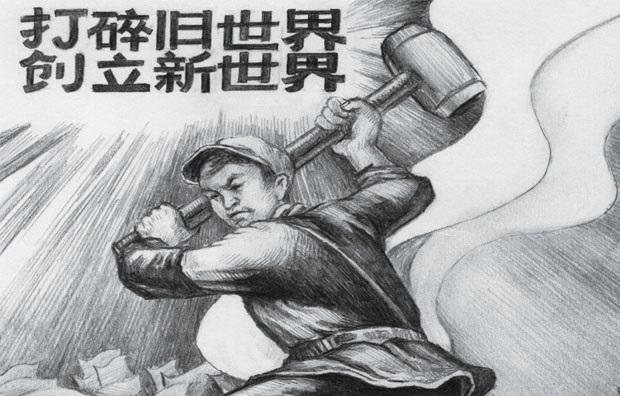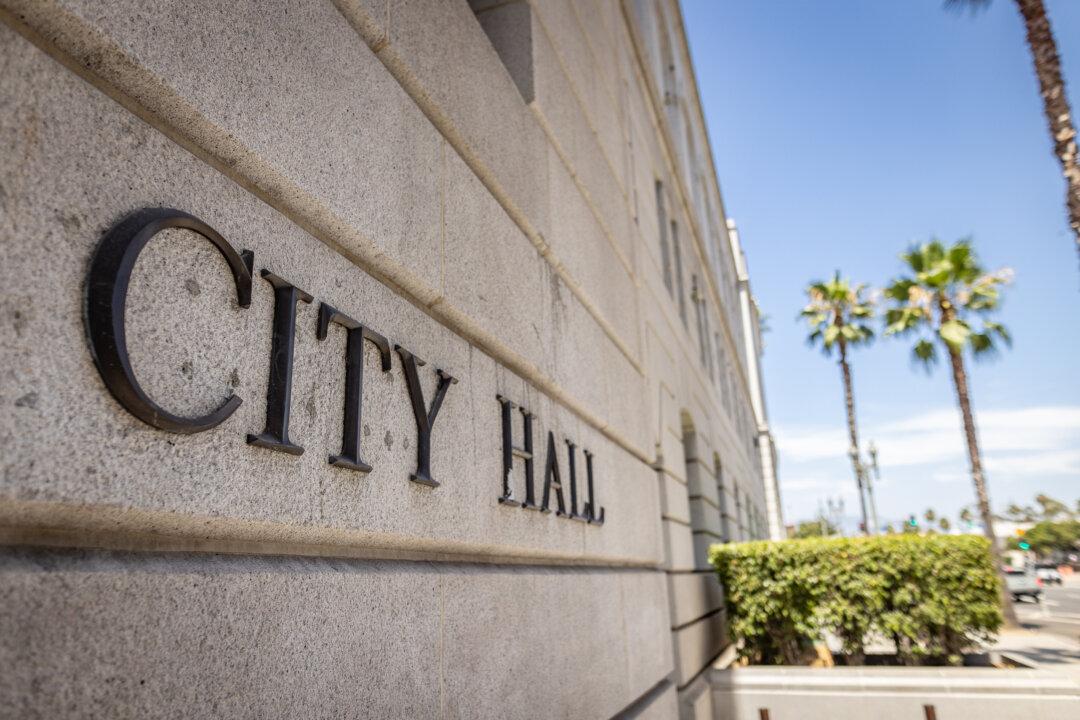In the age of “social justice” and other progressive creeds in prevailing Western discourse, the tragedies of millions of people in dozens of countries living under communist regimes are too often passed off as not being “real communism.”
While many still view communism as a noble philosophy that may yet be implemented given improvements in technology or human nature, its ideological foundations depict not a utopian dream but a necessarily violent and destructive teaching.




